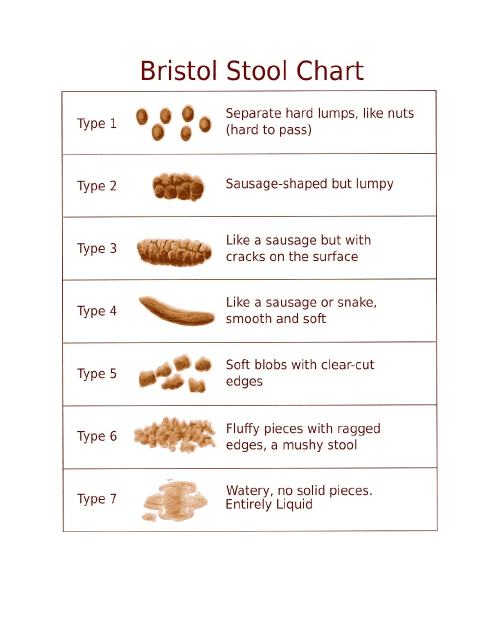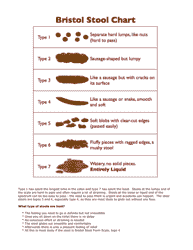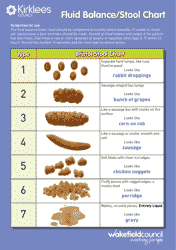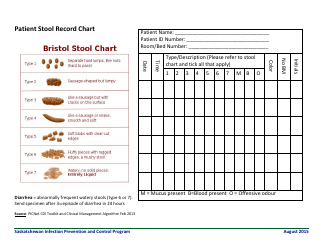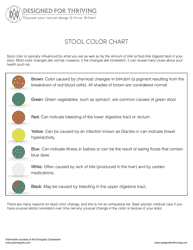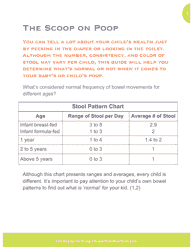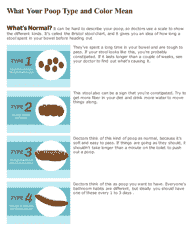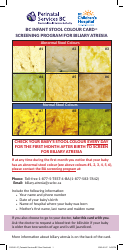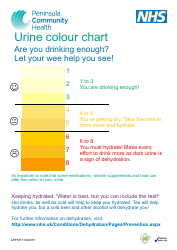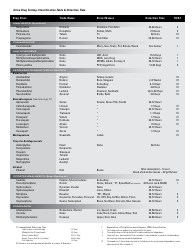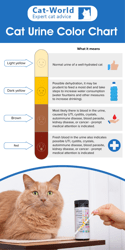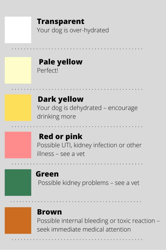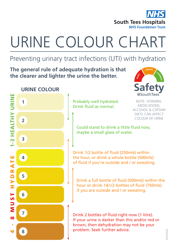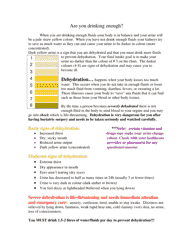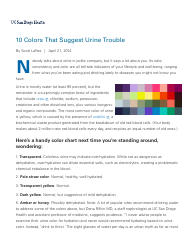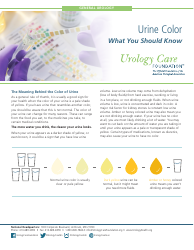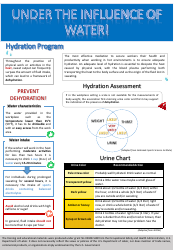Bristol Stool Chart
The Bristol Stool Chart is a tool used to classify the different types of human feces based on their appearance and consistency. It can be used to identify and discuss changes in bowel habits and help diagnose certain digestive disorders.
The Bristol Stool Chart is not filed by any specific individual or organization. It is a reference tool commonly used by doctors, nurses, and other healthcare professionals to discuss and classify different types of stool consistency.
FAQ
Q: What is the Bristol Stool Chart?
A: The Bristol Stool Chart is a visual tool that categorizes the different types of stools based on their appearance and consistency.
Q: Why is the Bristol Stool Chart used?
A: The Bristol Stool Chart is used to help assess and discuss bowel movements. It can provide information about digestive health and help identify potential issues.
Q: How does the Bristol Stool Chart categorize stools?
A: The Bristol Stool Chart categorizes stools into seven different types, ranging from type 1 (hard, lumpy) to type 7 (watery, entirely liquid). Each type represents a different level of stool consistency.
Q: What can the Bristol Stool Chart tell about digestive health?
A: The Bristol Stool Chart can indicate whether bowel movements are within the normal range or if there may be underlying digestive issues. It can also help identify changes in stool consistency.
Q: Is it normal to have different types of stools?
A: Yes, it is normal to have some variation in stool types. However, if there are persistent changes in stool consistency or if there are concerns about bowel movements, it is best to consult a healthcare professional.
